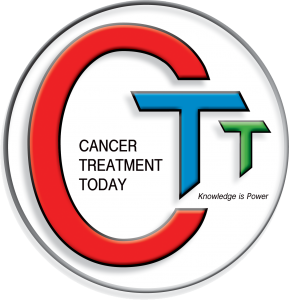Discordance of Oncotype Dx breast in multicentric breast cacners – pro
I was able to find only ne report and it was a retrospective study. From the institutional Oncotype Dx® database of 1304 breast cancer patients, 29 were identified to have 2 separate pathology specimens tested for RS. Nineteen patients had synchronous bilateral invasive cancers, while 10 patients had ipsilateral multicentric primary invasive cancer and are the subject of this study. The RS<18, 18-30, and >31, was categorized as low, intermediate, and high risk, respectively. The RS of the multicentric specimens was scored concordant if both values fell in the same risk category, and discordant otherwise. Results: Invasive ductal carcinoma was the most common histology. Overall RS distribution of low, intermediate and high risk was 50%, 35% and 15%, respectively. By histologic grade (G) 1, G2, and G3, the distribution of high risk RS was 0%, 16% and 66%, respectively. In 5 patients (50%), the RS of multi-centric cancers was discordant. Two patients had both low and intermediate risk, 2 patients had low and high risk, and 1 patient had intermediate and high risk.
Conclusion: The 21-gene RS notes a significant rate of discordance in primary multi-centric breast cancer. This observation highlights the heterogeneous biology, and suggests assessing more than one sample in multi-centric disease may be a useful strategy to guide risk-tailored cancer treatment.
Juskaran Chadha Discordance of oncotype DX score among multi-centric primary invasive cancers in the same breast
2nd World Congress on Breast Cancer
https://www.omicsonline.org/proceedings/discordance-of-oncotype-dx-score-among-multicentric-primary-invasive-cancers-in-the-same-breast-53016.html
